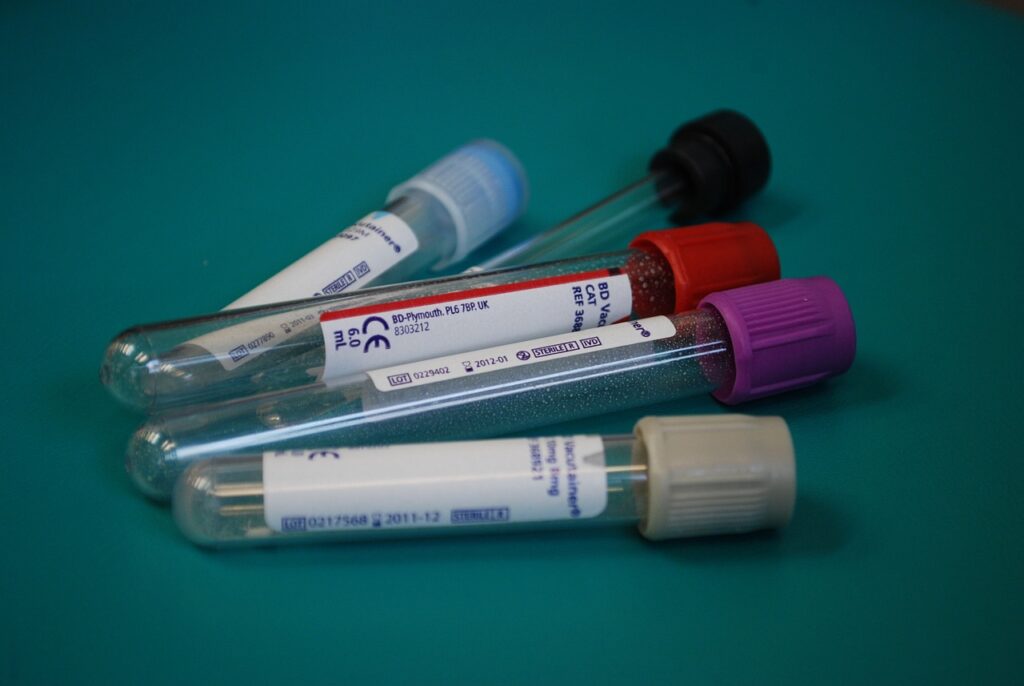
What is it?
An A1C is a blood test that measures your average blood sugar over the past three months. It is used to diagnose, or monitor treatment for, diabetes.
This test has other names that often include “hemoglobin” or some form of the word in it. That is because the test measures how much of your blood glucose, or blood sugar, attaches to the hemoglobin in your red blood cells. The higher your blood sugar, the more glucose will attach to the hemoglobin. The A1C is a measure of how much glucose is attached to the hemoglobin. The test results are reported as a percent. The higher the percentage, the higher your blood sugar.
What do the A1C results mean:
- Normal – A1C under 5.7%
- Prediabetes – A1C between 5.7% and 6.4%
- Diabetes – A1C 6.5% or above
What is the Goal?
If your A1C results show you within the prediabetes range, the goal is to get the A1C under 5.7% and keep it under that number.
For individuals with diabetes, the general goal for individuals with type 2 diabetes is under 7%, however, your healthcare provider may have a different goal for you. Depending on your A1C results, your provider may use this to modify how you treat your diabetes. If you do not know what A1C goal to aim for, speak with your healthcare provider.
Other Factors
Because the results are based on a person’s red blood cells, an A1C can be affected by certain conditions like recent blood loss, sickle cell disease, hemodialysis, transfusions, iron-deficiency anemia, kidney failure, or liver disease.
How Often are A1Cs Done?
Depending on the goals you and your healthcare provider have, an A1C is usually done between two and four times a year.
How is My A1C Affected?
Because the A1C test is an average of the blood sugar over the past three months, short or temporary decreases or increases during that time will not affect your A1C. However, any major changes the 30 days before a test can have a greater effect on the A1C results than the two months before it.